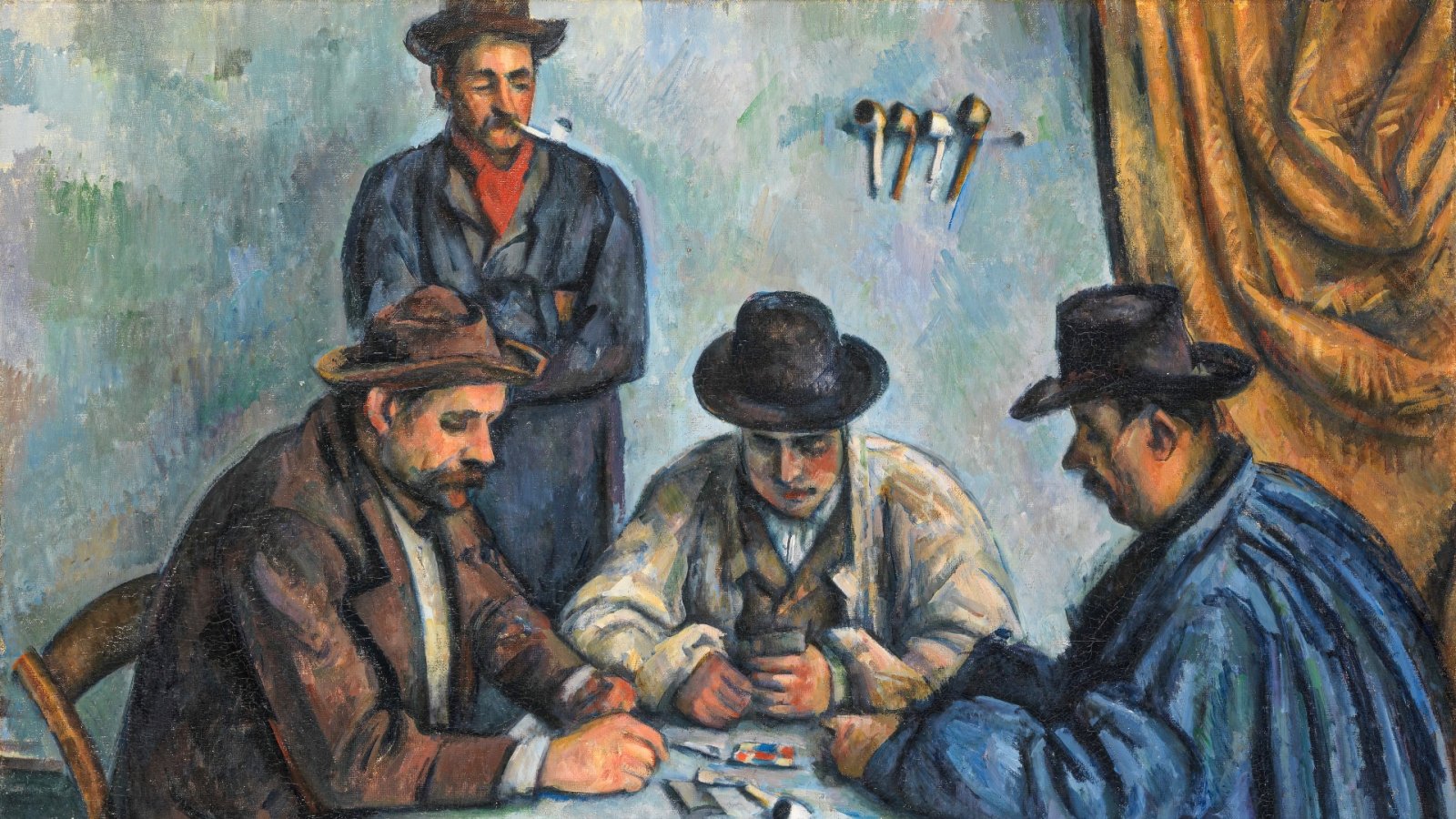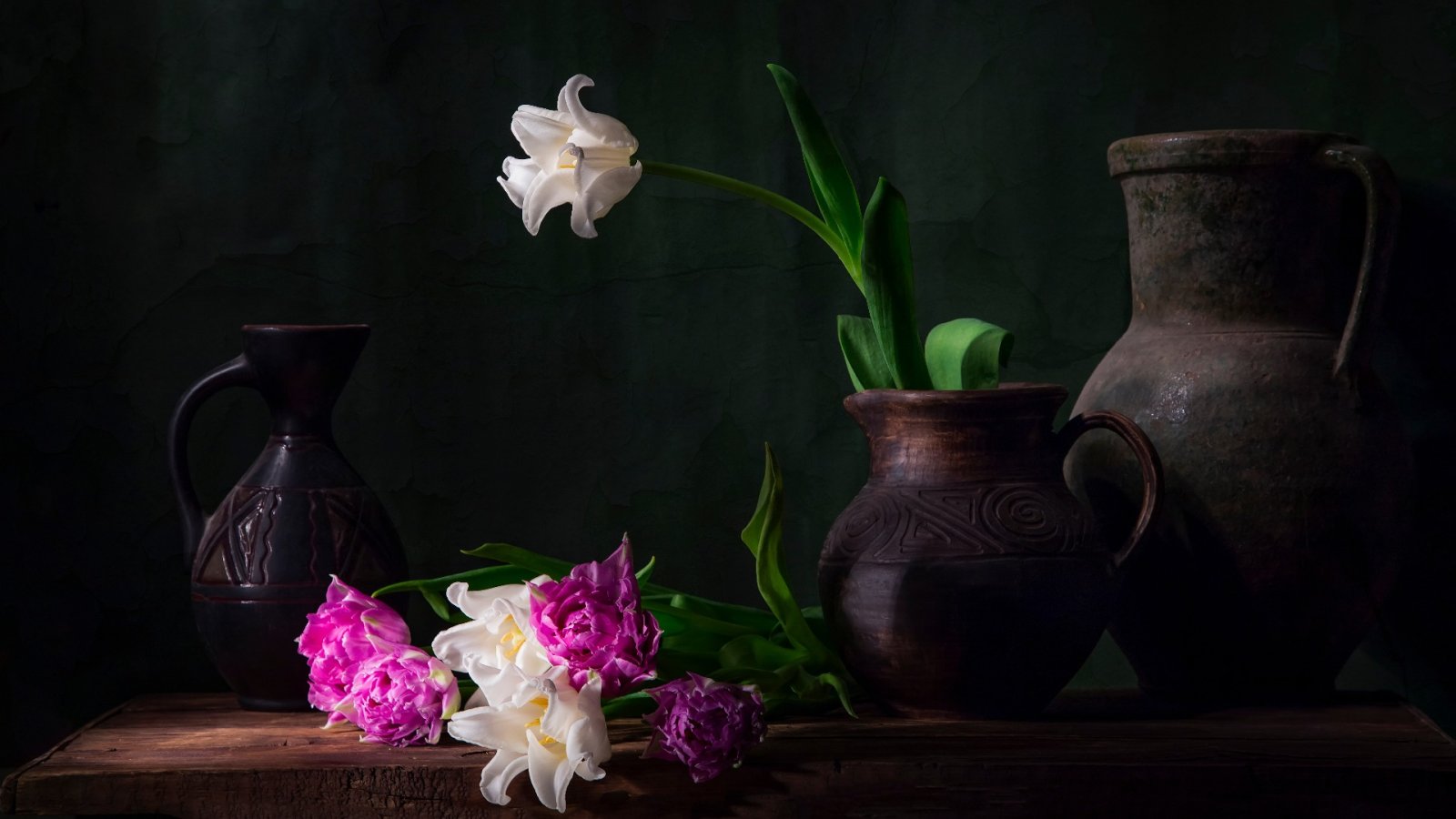Mary Gartside was an early color theorist, who authored three books on the subject. The most notable of which, "An Essay on Light and Shade" (1805), independently reached similar conclusions to Goethe's later work "Zur Farbenlehre". The book was ahead of its time in its focus on the sensory effects of color, dividing them into warm and cool categories, and emphasizing the importance of color combinations and light and shade. It was also one of the earliest texts to feature hand-painted color blots, which visually demonstrate the color harmonies and contrasts discussed in the book. These blots, annotated with letters and symbols, showcase Gartside's expertise as a painter and her meticulous attention to detail. They are now recognized as some of the earliest examples of abstract art, predating Kandinsky by nearly a century. Gartside's approach was practical and grounded in her personal experience and use of color, bridging the gap between the scientific approach of Newton and the phenomenological approach of Goethe.
In 1805, Mary Gartside, a relatively unknown English artist and painting teacher, achieved what no woman before her had done: she published a book on color theory. Although very few details about her life and career remain, her groundbreaking book, An Essay on Light and Shade, on Colours, and on Composition in General, showcases her exceptional artistic talent. Despite being modestly described by Gartside as a guidebook for the ladies, the book features a series of innovative, abstract illustrations not seen before in any works by a male or female artist.
Upon first look, one might easily mistake Gartside's eight watercolor marks for floral scenes that foreshadow the oversized stamens and pistils later depicted by American artist Georgia O'Keeffe. However, upon closer inspection of the vibrant, shape-free color bursts, any previous understanding of the images' meaning and subject begins to fade. Gartside's abstract paintings defy traditional categorization, being neither real-world flowers nor imaginary blooms. A full century before the rise of non-representational art by the likes of Kandinsky, Malevich, and Mondrian, Gartside's abstractions exceeded the boundaries of conventional art.
Because Mary Gartside aimed to present the harmony and contrasting tones of primary and secondary colors in a more organic, less scientifically detached manner than the schematized color wheels created by her prominent male predecessors in the field. Her blots may resemble "flowers that are looked at," as described by TS Eliot in his 1936 poem Burnt Norton, but in reality, they strived to break away from established shape and instead focus on the radiant energy that enlivens our perception of color. This approach was ahead of its time, several generations before the rise of non-representational art. By the way, did you know that Wolfgang von Goethe's Theory of Colours was published five years after Gartside's own theories?
In fact, Mary Gartside was a pioneer in the field of color theory, demonstrating a unique and attentive understanding of the essence of color. Born in 1755, possibly in Manchester, she taught women watercolor painting in London and had her own work displayed at the Royal Academy at least once between 1781 and 1809. Despite the lack of biographical information available, there is a poet - Amy Clampitt - who writes the poem "Balms" which highlights the vivid beauty of the painter’s watercolors. The exact date of her death was finally determined to be 1819 after research during the lockdown of last year. It is unfortunate that Gartside did not live to see the recognition of her relative success.
Gartside's book "An Essay on Light and Shade, on Colours, and on Composition in General," published in 1805, preceded Goethe's "Theory of Colours," written in 1810. Goethe sought to correct perceived flaws in Newton's understanding of color. Like Goethe, Gartside aimed to adjust Newton's view of the spectrum of colors that make up white light, discovered by the mathematician during a lockdown in 1666 during the Great Plague. Gartside's work brought a new artistic focus to Newton's concept, which was lacking in urgency and purpose. Despite lacking recognition during her lifetime, this woman artist is a shining example of human determination and resilience.






